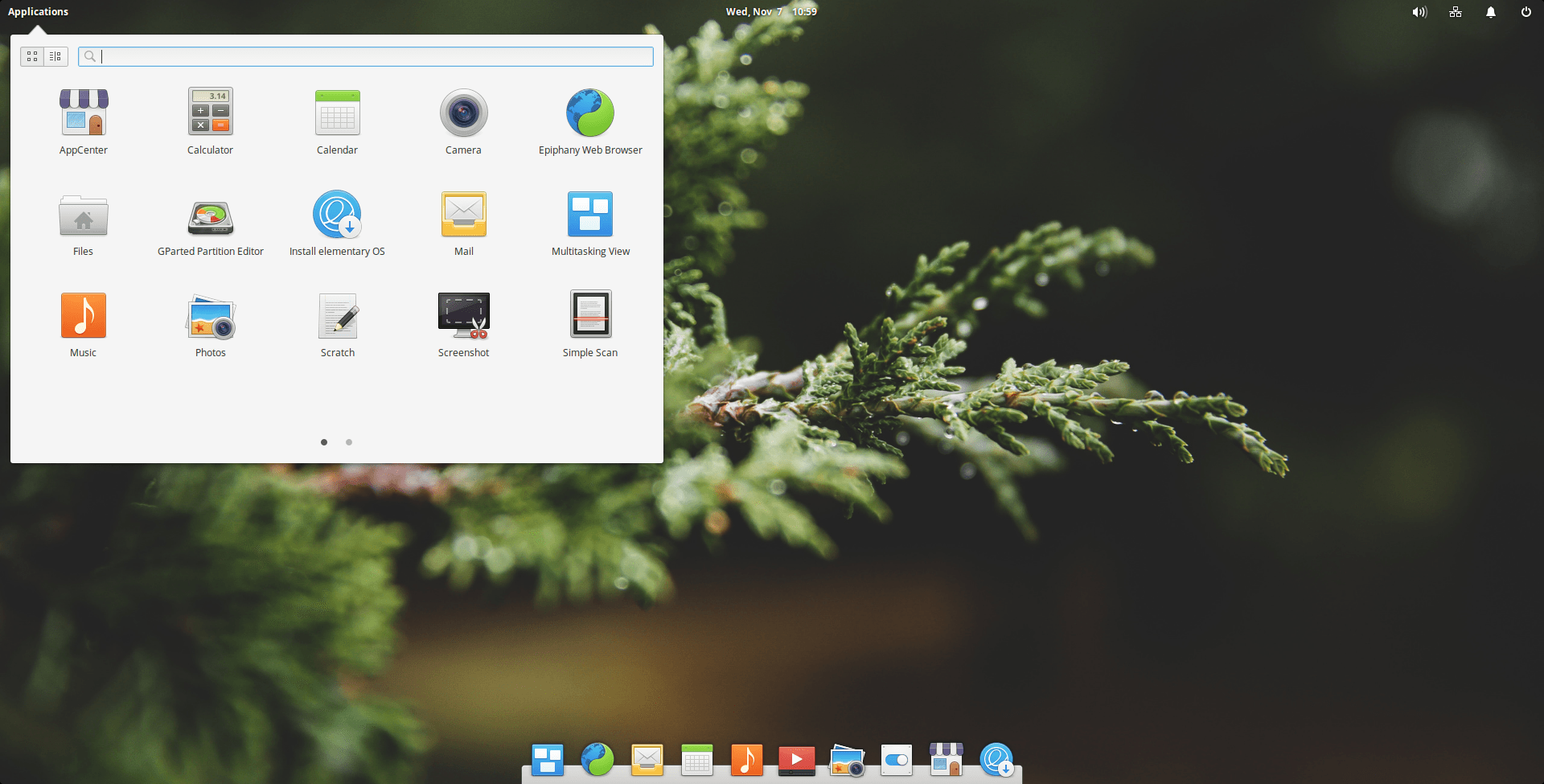
- #Ubuntu create bootable usb for pc from mac how to#
- #Ubuntu create bootable usb for pc from mac install#
- #Ubuntu create bootable usb for pc from mac iso#
- #Ubuntu create bootable usb for pc from mac mac#
- #Ubuntu create bootable usb for pc from mac windows#
#Ubuntu create bootable usb for pc from mac windows#
If you are using a Windows system, use Rufus, and for macOS, use the Disk utility. To make a Live USB in your Ubuntu system, open the Startup Disk creator application. The USB drive must be a minimum of 4GB.ģ.
#Ubuntu create bootable usb for pc from mac iso#
Download the Ubuntu 20.04 LTS ISO file from the Ubuntu official Downloads page.Ģ. Prepare Live USBįollow the steps below to prepare a live USB drive:ġ. Note: We have performed the procedure discussed in this article on a system running Ubuntu 20.04 LTS.
#Ubuntu create bootable usb for pc from mac how to#
#Ubuntu create bootable usb for pc from mac install#
The article will also explain how to install Ubuntu on a USB drive to make the drive persistent.

This article will explain how to run Ubuntu 20.04 from a USB stick. If you want to save your files and settings so that you do not have to start from scratch, you can create a persistent USB drive by installing the OS on it. This is not a problem if you are just trying out the operating system for one time only. However, take note that once you reboot the system, all saved items and changes will be wiped away. Using a live USB, you can boot up the system, install programs, save items, and make configurations without altering your computer’s configuration. Now you should not have any problem to create a USB Bootable with Ubuntu regardless of the operating system you use.įrom here, we can install Ubuntu from USB with the bootable unit that we just created by following the steps above.Have you ever tried using a live USB drive to run Linux OS? It is a simple and easy way to learn how Ubuntu works and to become familiar with the user interface (UI) and layout. Finally, we execute the following command to remove the USB:Īnd we would already have our USB Bootable with Ubuntu created.Sudo dd if=/ruta/al/archivo.img of=/dev/diskN bs=1m We execute the following command, replacing "path / to / file" with the path to our.We execute the following command, where the "N" is the number that we have obtained in the previous step (something that will be repeated in the rest of the commands):.We re-enter the previous command to see which node assigns to our USB Pendrive, such as for example / dev / disk2.We execute the following command to obtain a list of devices:.

Note: OS X tends to put ".dmg" at the end of the file automatically.Hdiutil convert -format UDRW -o ~/ruta/al/archivo.img ~/path/to/ubuntu.iso We convert the ISO image to DMG with the following command (substituting path / to / file by the actual path):.We open a Terminal (from Applications / Utilities, from the Launchpad or from Spotlight).If we don't have the Ubuntu ISO image downloaded, we download it.The explanation for Linux and Windows also applies to OS X, so it is not worth mentioning anything beyond recalling the page to download the tool.Īnother way to create a Bootable USB, and the one recommended by Canonical, is to do it from the Terminal.
#Ubuntu create bootable usb for pc from mac mac#
How to create a Bootable USB from Mac UNetbootinĪs we said before, UNetbootin also available for Mac.

If we choose the second option, we can tell you what size we will give to our hard drive up to a maximum of 4GB (the maximum that the FAT32 format supports).



 0 kommentar(er)
0 kommentar(er)
